Playing hookey
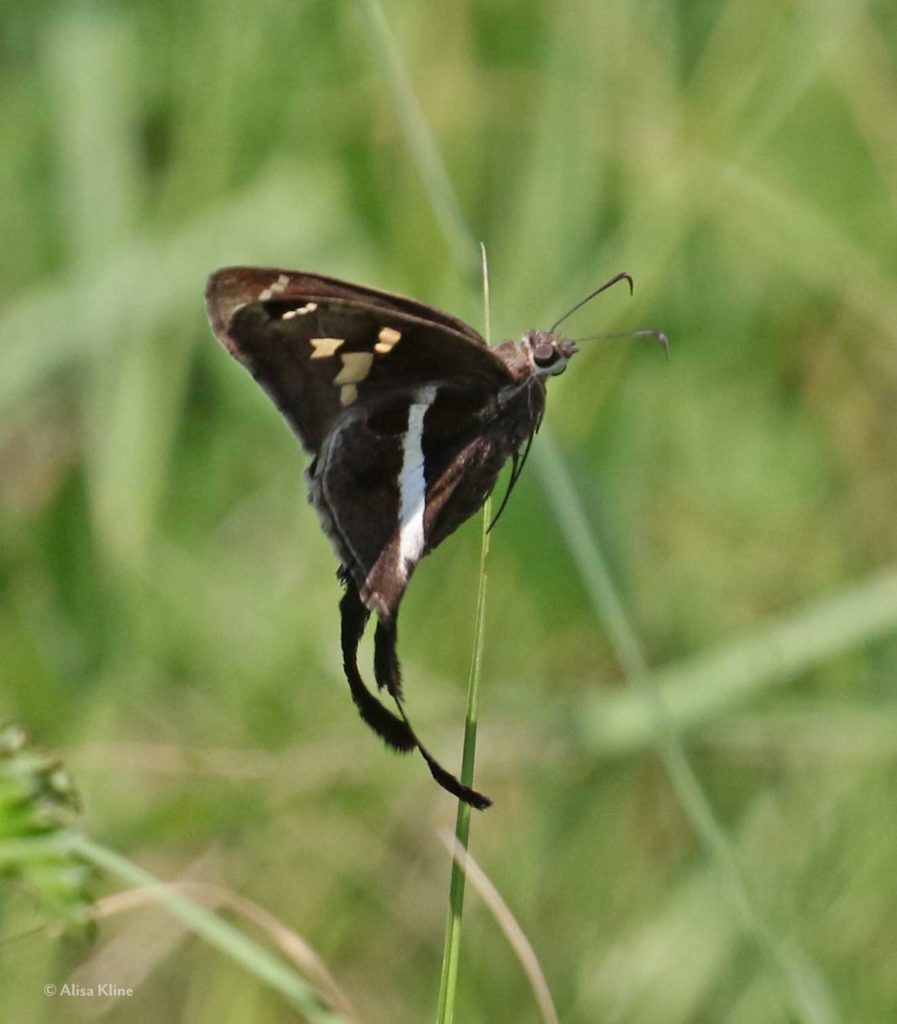
Let’s blame the pandemic, or the heat. I played hookey down in Galveston on Tuesday and saw four or five things that warrant an entire post exploring them in detail. But I seem to lack the energy. So here are the amazing things with brief description of why they amazed me.
Above is an aptly named white-striped long tail. They were all over a tiny nature preserve right next to the state park. There was an abundance of seemingly spent bee balm that drew them in. There are no records of this beauty in our Park, but there are plenty in the Arboretum. Now, I’m wondering if they have a field of bee balm or something!

I am just in love with black bellied whistling ducks. They are abundant in the Laffite’s Cove nature preserve and they like to practice taking off, flying fifteen feet and landing. I have no idea why.
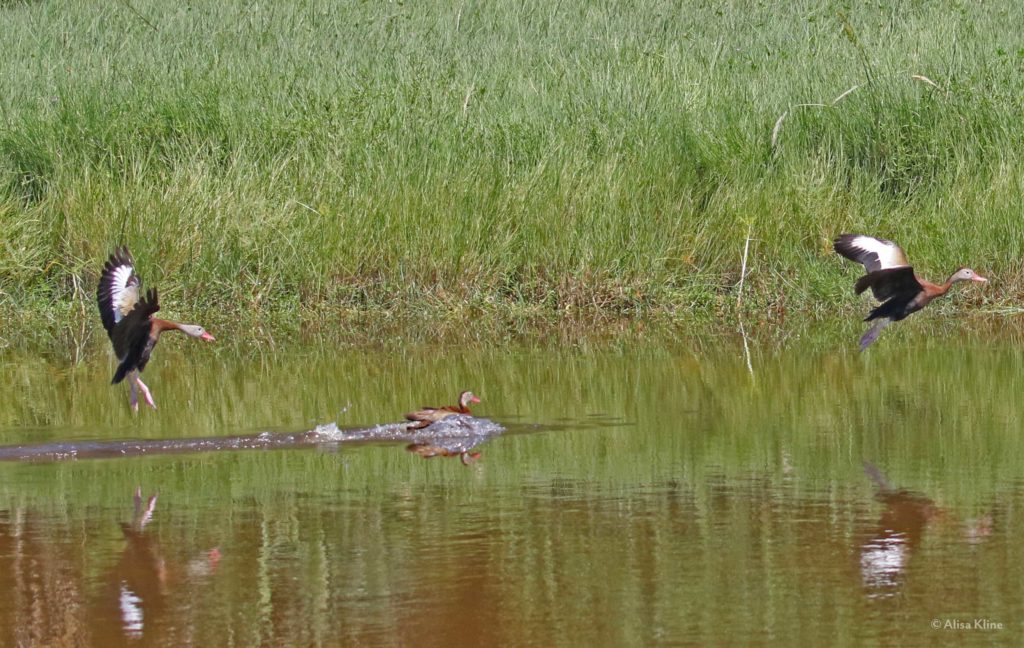
The best thing I saw didn’t photograph well. I wandered into a static swarm of dragonflies. They were all wandering gliders as far as I could tell. The restrictions of my camera set up made it hard to get a photo where more than five or six were in focus and visible at a time, but there were over 50 of them swirling around a small hillock. I couldn’t see anything for them to eat in such quantity, but static swarms like this are almost always a feeding frenzy.
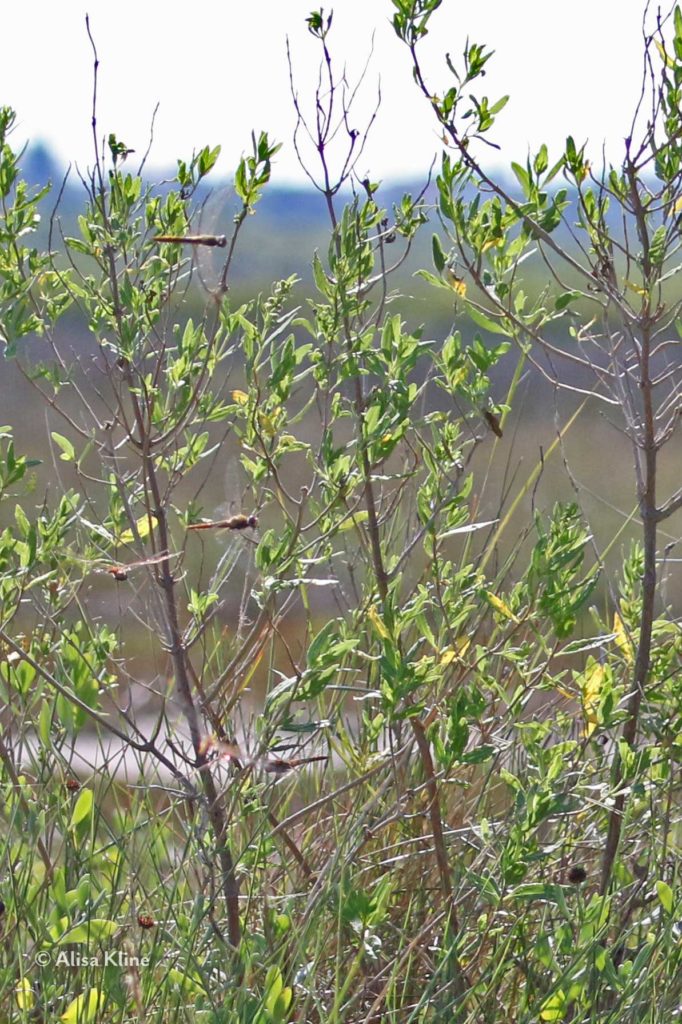
In learning more about the phenomenon for this blog post, I found out how absolutely cool wandering gliders are. They stay aloft almost all the time. They travel around the globe on wind currents. They are the species on earth most likely to mate with another who has been very far away. They mingle and mix and can form migrating swarms big enough to show up on radar.
They aren’t visually exciting and you almost never see one not on the wing. But there were some more lovely perching dragonflies to keep me happy.
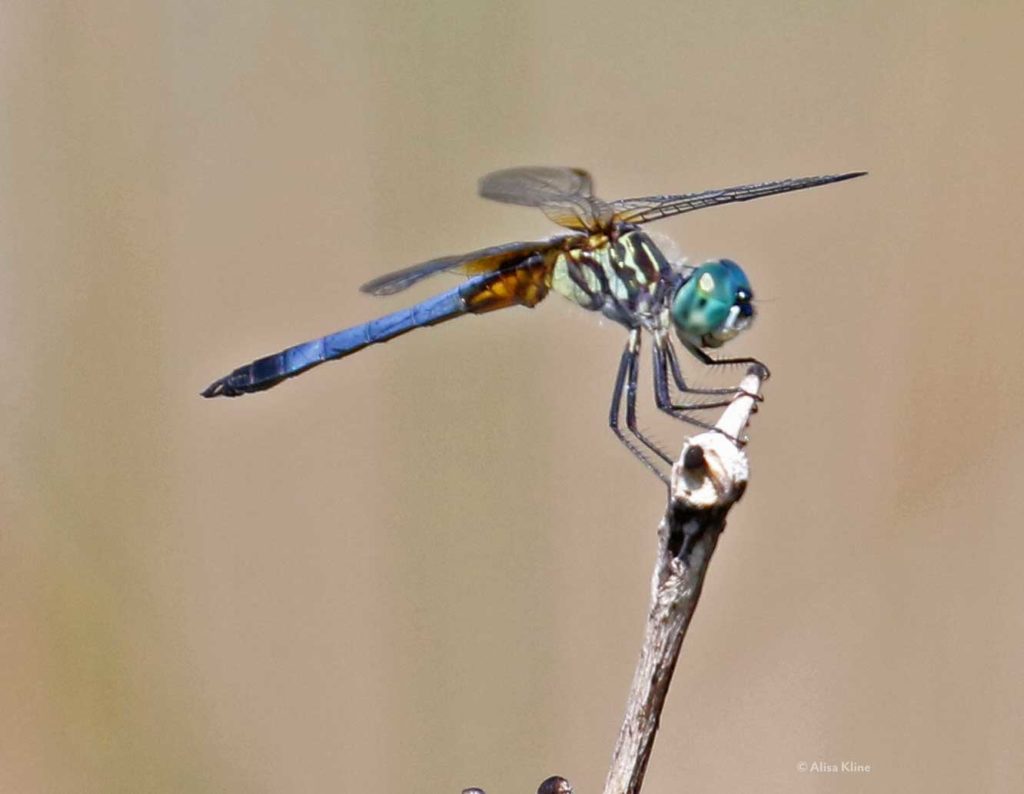
This is a blue dasher and I never get tired of looking at them. We have them in abundance in the Park.
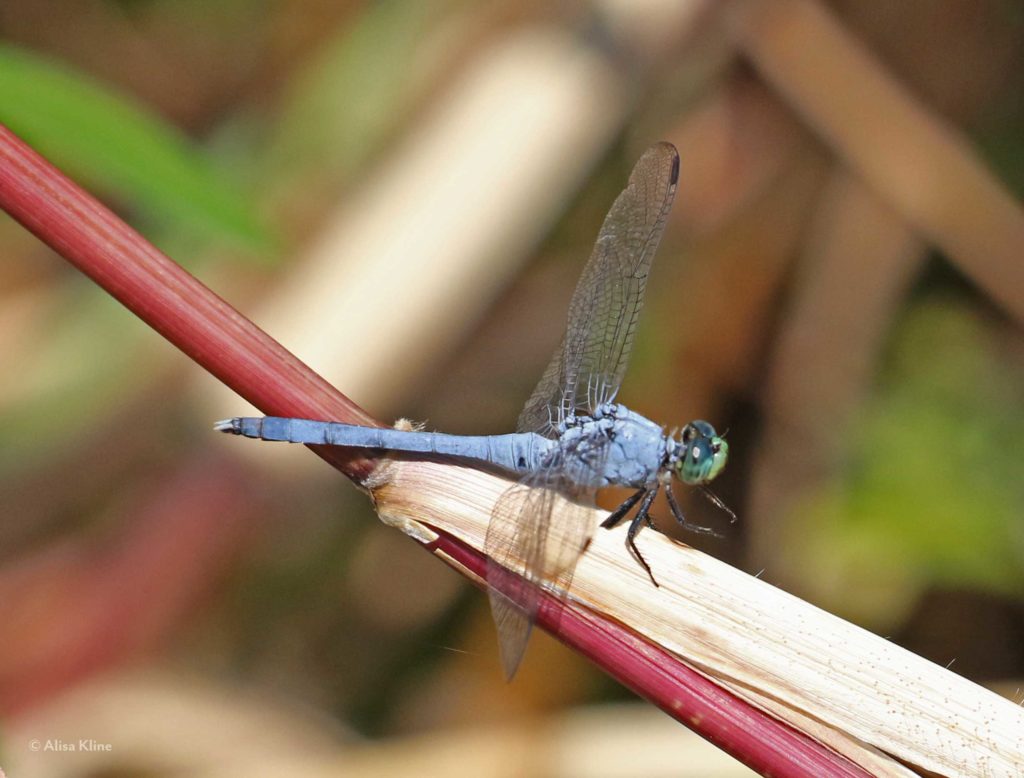
This eastern pondhawk is another dragonfly you are likely to run into in the Park. Look for them around bayou inlets where the water is a bit stagnant. That’s where they lay their eggs and where they patrol (hence the name pondhawk ).
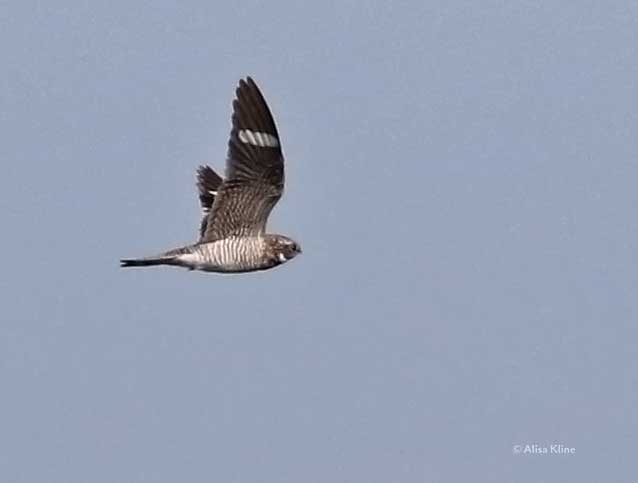
You don’t get that many chances to photograph a nighthawk in flight. They live up to their name and fly mostly when it is dark. Even if you don’t recognize this bird, you would probably recognize his very distinctive call. The nighthawks are summer visitors. The come here to breed and return to South America right about now. They usually migrate at night. But I got lucky.
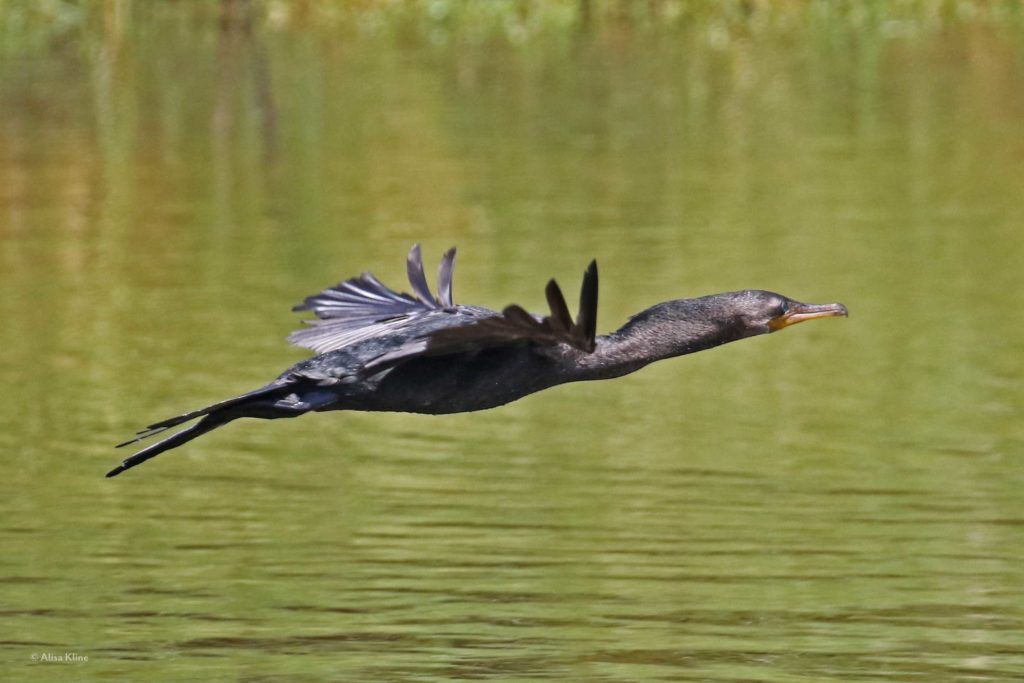
This double-crested cormorant was fishing at the nature preserve. I just couldn’t resist those blue eyes.
(NB, hookey is what people older than you called skipping school)

